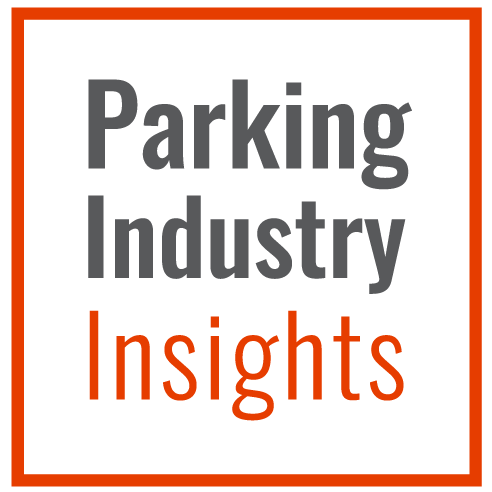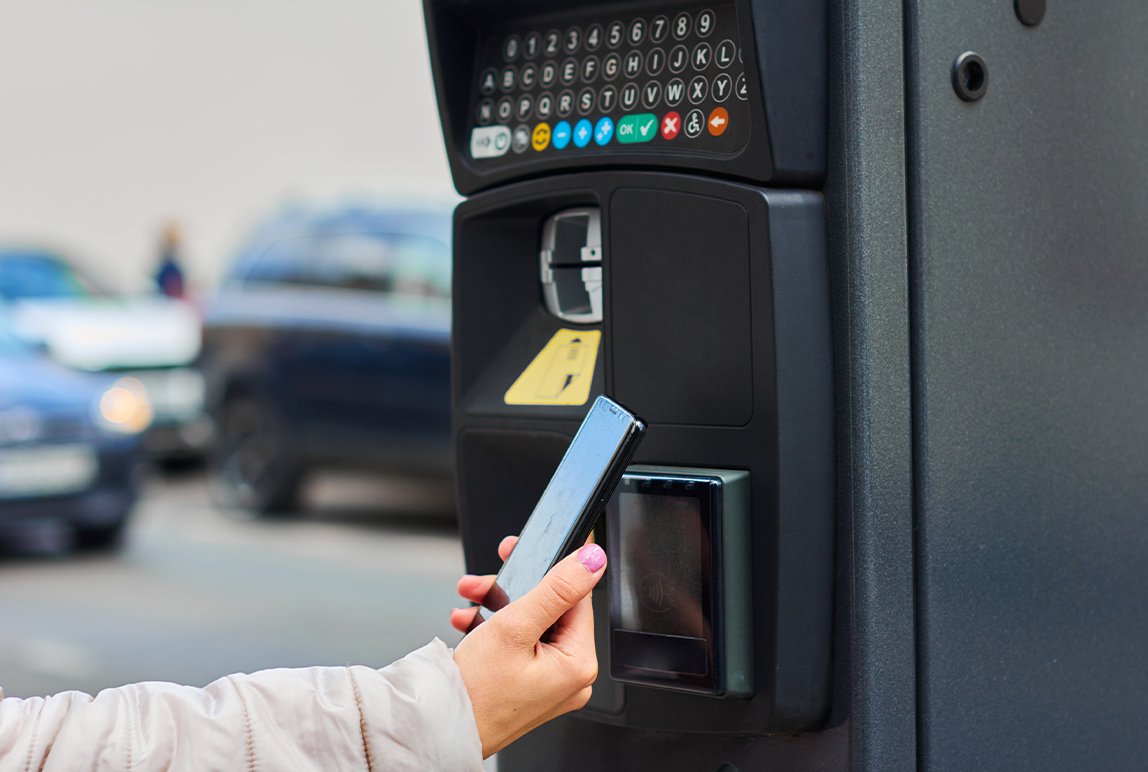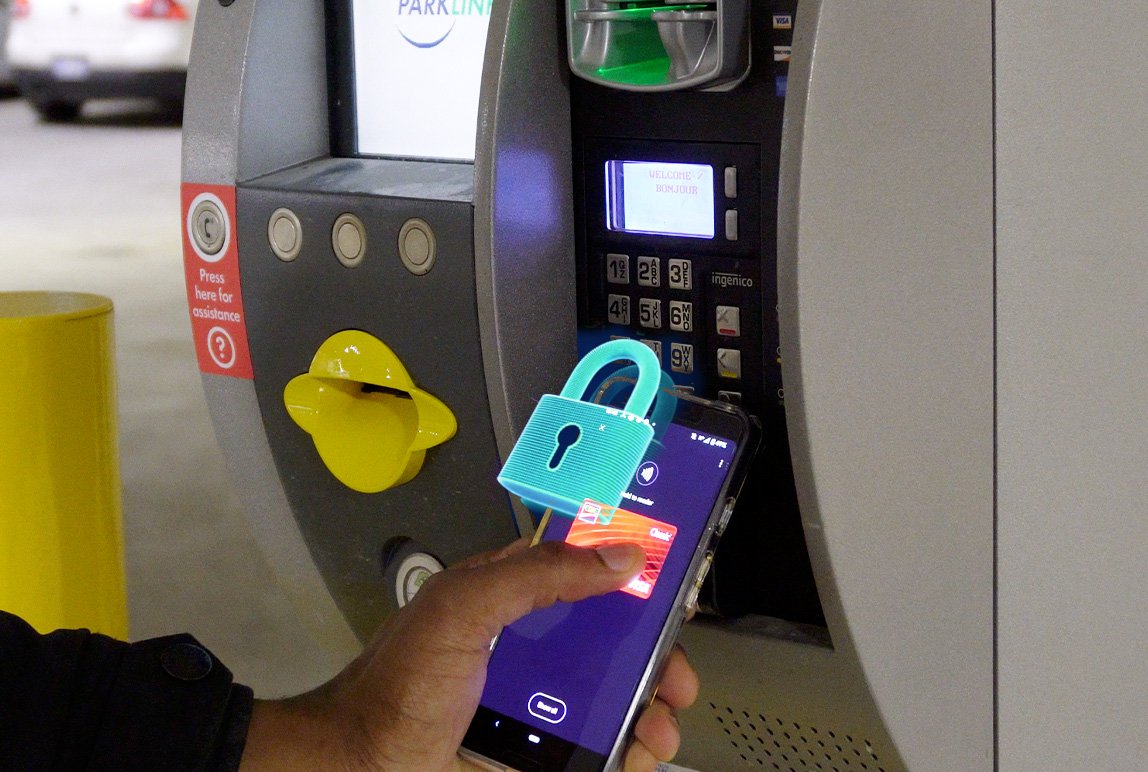Everything You Need to Know About Dynamic Pricing for Parking
Posted: Apr, 14, 2022 1:19PM ET • 4.5 min read
Developing a strategic pricing strategy for your parking operation takes time and consideration. More often than not, it poses the question, "how can I maximize my revenues while maintaining a positive customer experience?" The common solution? Dynamic pricing. Dynamic pricing models are the way of the future and help property managers capitalize on supply and demand without lifting a finger.
If you are looking to maximize your occupancy rates and gain valuable insights into your customer behaviours, implementing a dynamic pricing strategy may be your ticket to success. Here’s why.
What is dynamic pricing?
Simply put, dynamic pricing is a pricing strategy that adjusts parking rates based on customer demand. Dynamic pricing in parking typically works one of two ways; rates are fixed during a specific time period and/or day, with the rates raised during peak occupancy and lowered during downtimes. It can also be fully dynamic, fluctuating in real-time based on supply and demand. Before smart parking technologies made their way onto the market, parking operators and property managers had to rely on historical data to determine demand to set their parking rates accordingly. Now, these technologies have made dynamic pricing a reality for the parking and mobility industry.
What are the pros and cons of dynamic pricing?
Although intriguing to most parking operators and property managers, implementing a dynamic pricing strategy can come with its pros and cons.
With parking rates fluctuating consistently, this can help property managers capitalize on peak times by increasing rates and build occupancy by lowering rates during downtimes—ultimately leading to increased sales no matter your occupancy levels. When paired with smart technologies, dynamic pricing models gather valuable insights about your customers, thus helping you analyze the demand curve better. Dynamic pricing models also help you remain agile and competitive in the market. Businesses can benefit from using dynamic pricing algorithms that automatically adjust rates based on variables such as time of day and knowledge of supply and demand at any given time, encouraging a more significant turnover of parking.
On the other hand, dynamic pricing models can also spark a price war with nearby competitors, leading to a potential loss of business if your rates are not competitive.
How can dynamic pricing be deployed for parking operations?
Introducing a dynamic pricing model for your parking operation will allow you to set rates based on supply and demand. The first step to getting started is to begin collecting parking occupancy data. This can be done with smart sensor technologies that allow you to track and monitor real-time parking occupancy and set rates dependent upon occupancy targets allocated to that period.
What should my dynamic pricing strategy consider?
When operating on a dynamic pricing structure, it is common for property managers to raise rates during peak times and lower rates during downtimes. However, it's essential to consider how these rates are being adjusted—manually or with an automated algorithm. A key consideration is investing in flexible technologies that provide guidance and control over pricing adjustments.
Another critical consideration is offering special rates for loyalty programs to incentivize the customer to park in your lots. When paired with credential-based parking technologies such as license plate recognition technology (LPR), digital permits via barcodes or Bluetooth Low Energy (BLE) permits, parking guidance systems can better connect the digital and live customer experience.
Flexibility is the key to operational success. When implementing a dynamic pricing strategy for your parking operation, it is essential to consider the smart technologies needed and how you will use your parking data to remain ahead of market demands.
Reference
Flanagan, T. (n.d.). Maximizing revenue through Dynamic Parking Pricing. NAIOP Commercial Real Estate Development Association. Retrieved March 25, 2022, from https://www.naiop.org/en/Research-and-Publications/Magazine/2017/Spring-2017/Finance/Maximizing-Revenue-Through-Dynamic-Parking-Pricing
Global Infrastructure Hub. (2020, November 4). Dynamic pricing for roadways and parking. Global Infrastructure Hub - A G20 INITIATIVE. Retrieved March 25, 2022, from https://www.gihub.org/infrastructure-technology-use-cases/case-studies/dynamic-pricing-for-roadways-and-parking/#:~:text=The%20dynamic%20pricing%20of%20roadways,relevant%20infrastructure%20would%20be%20higher.
Tucci, M. (2022, March 22). The role of parking occupancy in dynamic pricing models . Precise ParkLink | Parking Management Services. Retrieved March 25, 2022, from https://www.preciseparklink.com/news/the-role-of-parking-occupancy-in-dynamic-pricing-models
Share Article:
Featured Articles
ABOUT THE AUTHOR
Dani Ierullo
Director, Proposal Development
In his role as the Director of Proposal Development, Dani plays a key role in interpreting our prospective clients’ needs and developing the technology and management solutions that address the challenges they identify. Under his direction, the team of proposal writers he oversees are charged with developing content strategies that best position Precise ParkLink as a leader in the Canadian parking market.
He’s been leveraging this experience on Precise ParkLink’s behalf since 2010, growing his knowledge of all the verticals we serve and the unique challenges they each face, all the while coordinating with our in-house research and development engineers to ensure their technical innovations are fit for purpose.
Questions?
Fill out the form below and we will do our best to connect you with a suitable contact.













